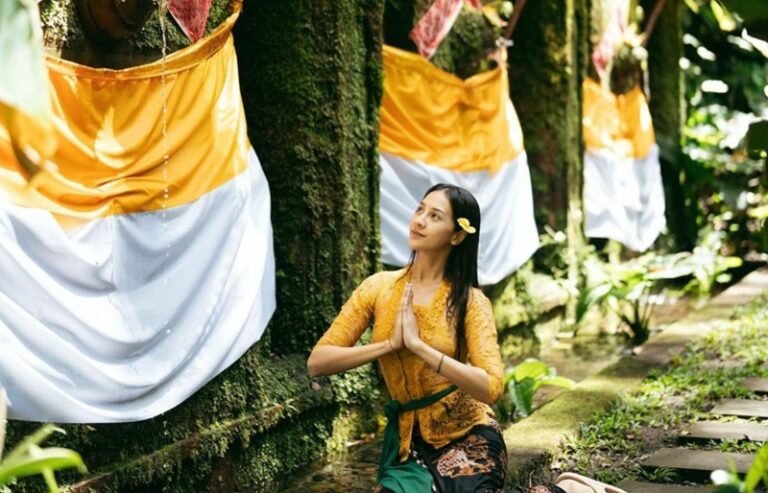5 Best Time to Travel to Bali: Weather Guide for Sunshine
Ever dreamed of swapping your daily grind for Bali’s beach vibes, only to end up with gray skies and rain-drenched sand?
Picture yourself gazing over emerald rice terraces (stepped fields that glow emerald at sunrise). You breathe in a soft frangipani (tropical flower) breeze, wishing for bright skies instead of drizzle.
It can feel like chasing a mirage beneath swaying palms – frustrating, I know.
In this guide, I’m sharing five sunlit windows when Bali’s weather shines. Humidity stays gentle, warm rays arrive early, and each sunrise feels like a private light show.
Ready to pin down your perfect getaway? This is all about the best time to travel to Bali!
Bali Weather Guide for Choosing the Ideal Travel Window
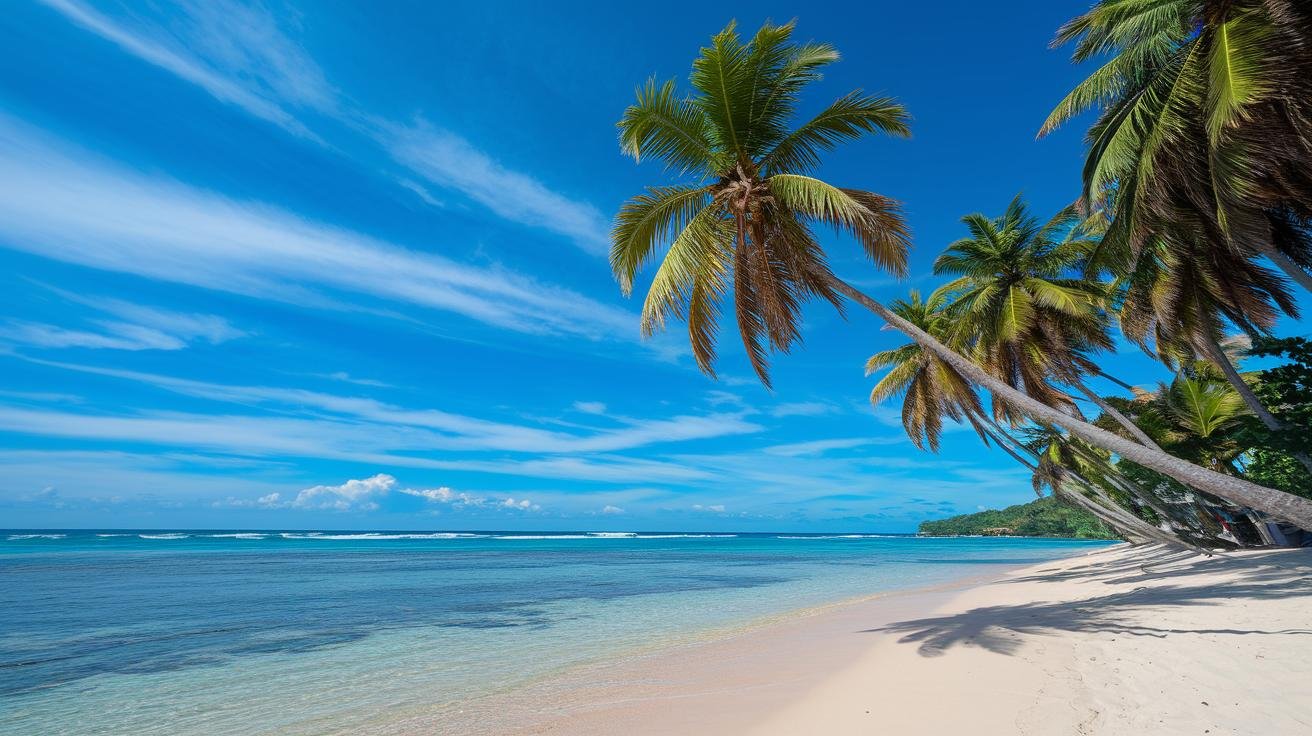
Bali’s weather is easy to figure out. You’ve got two seasons: a dry stretch from April to September with less humidity and almost no rain, and a wet season from October through March with sudden tropical showers. It never really cools down, daytime temps stay between 82°F and 90°F almost all year. Picture warm air on your skin and the faint scent of frangipani (tropical flower) drifting through the breeze.
During the dry months you’ll find endless sun for beach days, surfing, and winding coastal drives along the shore. Ever dreamed of a sunrise dip? Check our Best Beaches for Day Trips from Bali for perfect spots!
My favorite windows to visit are April–May and September–October. April–May brings fewer showers, the rice terraces (stepped fields that glow emerald at sunrise), and that morning hush that feels like a secret. September–October means calm seas, crystal-clear diving, and those lazy late-afternoon breezes.
Wet season trips can still feel magical. You’ll get quick downpours, just enough to hear raindrops patter on palm leaves, then the sun peeks right back out. Jungle treks look even more lush, temple tours feel more private, and indoor yoga retreats become extra cozy. Oops, let me rephrase that: a splash of rain makes the island feel alive.
Peak season, July, August, and around Christmas to New Year, brings big crowds, busy temples, and full beaches. Looking to skip the rush and save? Those shoulder months are your best bet.
Bali Weather Chart: Month-by-Month Climate Breakdown
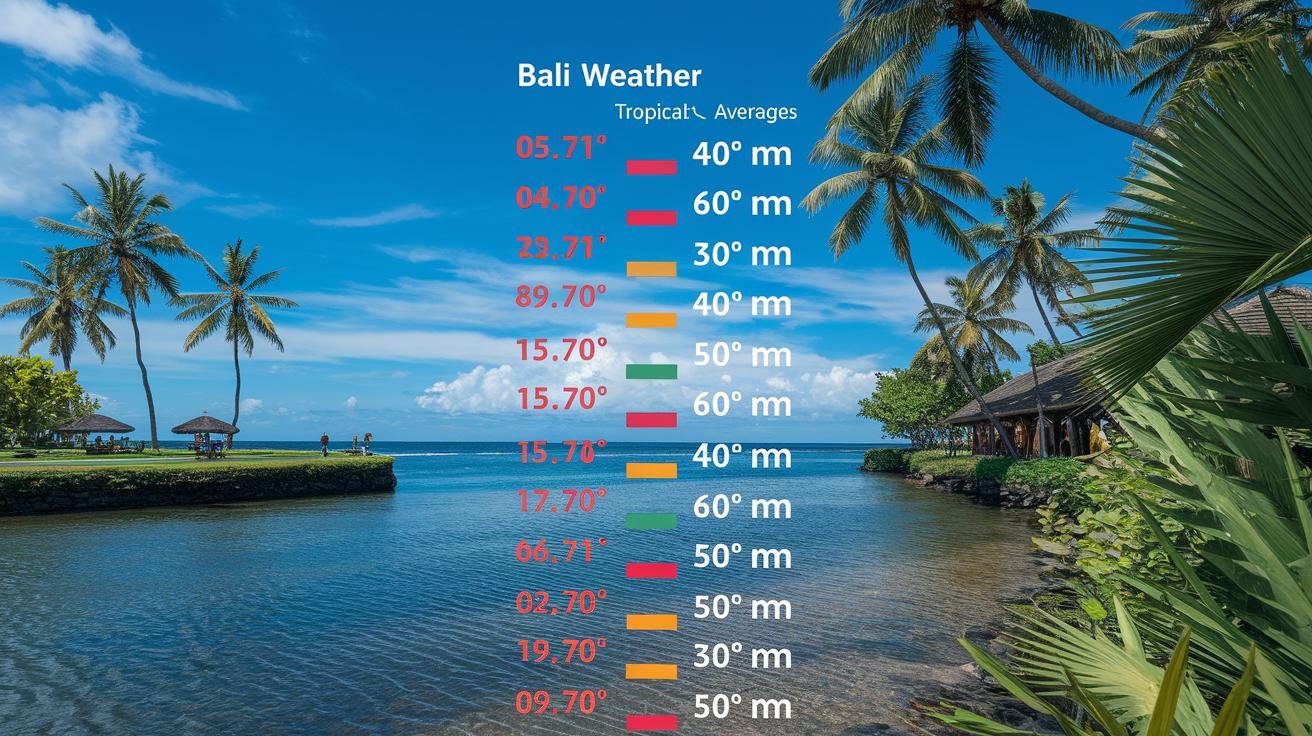
Ever wondered when the sea breeze will feel just right? We’ve put together a friendly month-by-month guide to Bali’s weather so you can pick the perfect time to visit.
In May, daytime highs hover around 90°F. July and August cool down to about 80°F. Nights stay cozy at 75°F, with gentle sea breezes lulling you to sleep. Tranquility. Right here.
Rainfall peaks from November (300 mm) through March (250 mm). Then June to August bring under 50 mm of rain, ideal for sun-soaked beach days. You’ll find the skies clear and the sand warm underfoot.
Humidity climbs to 85–90% in the wet season, wrapping the air in a soft hug when the rain falls. In the dry months it eases to around 75–80%, so you’ll feel a lighter breeze and less stickiness.
May often has the highest heat index because of those high temps and rising humidity. October also sees early showers before the full wet season arrives. You might want to toss an umbrella in your bag if you travel then.
Use this chart to plan your days, beach lounging, hiking, or diving. If clear skies are your dream, aim for June–August. If you don’t mind a quick shower on the way to the rice terraces (stepped fields that glow emerald at sunrise), pick November–March and visit temples during dry spells between the rains.
| Month | Avg High (°F) | Avg Low (°F) | Rainfall (mm) | Avg Humidity (%) |
|---|---|---|---|---|
| January | 88 | 75 | 250 | 90 |
| February | 89 | 75 | 220 | 90 |
| March | 90 | 75 | 200 | 85 |
| April | 89 | 75 | 100 | 80 |
| May | 90 | 75 | 75 | 80 |
| June | 89 | 75 | 45 | 75 |
| July | 80 | 75 | 40 | 75 |
| August | 80 | 75 | 45 | 75 |
| September | 88 | 75 | 80 | 80 |
| October | 89 | 75 | 150 | 85 |
| November | 88 | 75 | 300 | 90 |
| December | 88 | 75 | 280 | 90 |
Bali Peak, Shoulder & Off-Season: Crowd and Cost Insights
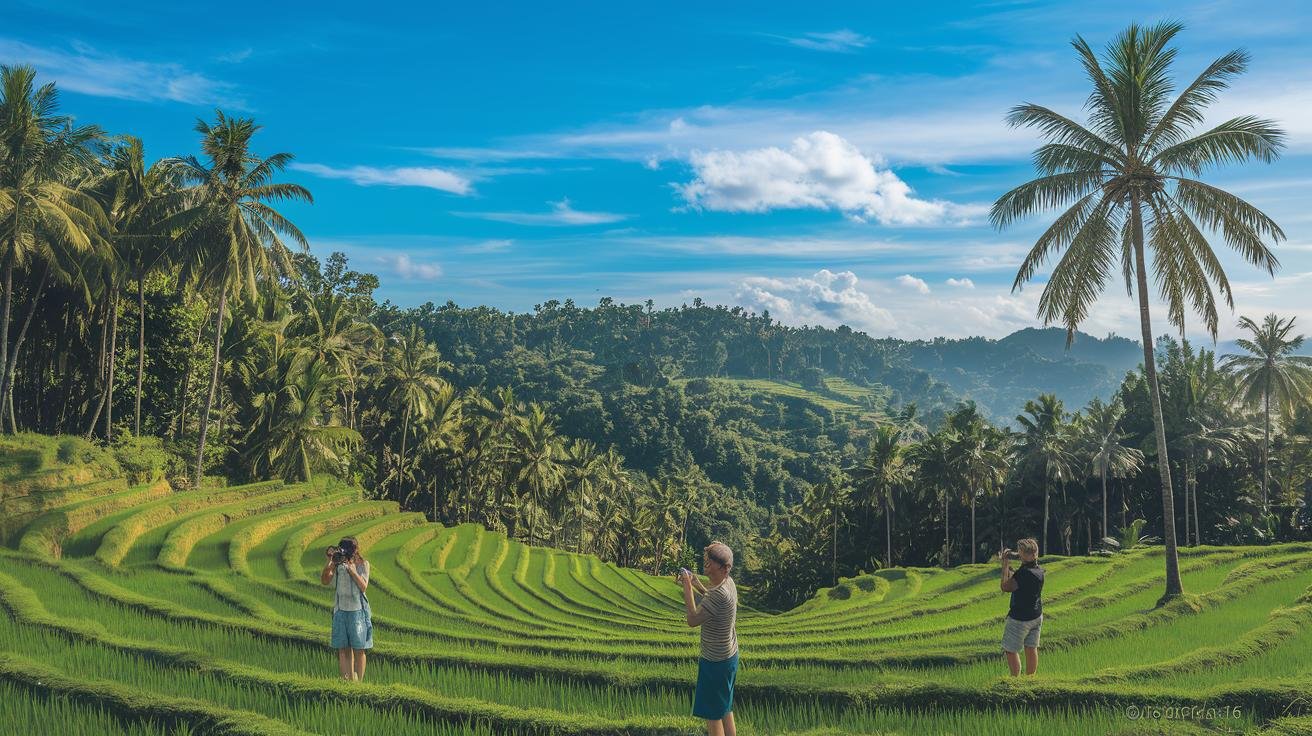
Peak season in Bali hits its stride in July and August, mid-December through early January, and around Easter. Hotel rates jump 30 to 50 percent as Kuta, Canggu, and Seminyak overflow with travelers. You’ll feel the buzz of beach clubs and temple queues growing longer. Roads get busy, beaches fill up, pure energy, but brace yourself for the crowds.
Shoulder season, April through June and September through October, is our sweet spot. You’ll snag 15 to 25 percent off on villas and resorts. Days stay mostly dry, the rice terraces (stepped fields that glow emerald at sunrise) look magical, and the surf breaks keep rolling in. Traffic eases and sunset dinners by your private pool feel like a little secret just for you.
Off-season runs from November to March. Airfares and rooms can dip up to 40 percent, and you’ll enjoy lighter traffic almost everywhere. Afternoon downpours freshen the air, you know, warm bursts that pass quickly. Just watch December for a holiday bump. Pack a rain jacket (oops, rain poncho works too) and soak up the calm vibe.
Best Activities in Bali by Weather Season

Picture this: you slip off your flip-flops on a warm April morning and wander straight to the shore. From April through September, Bali’s dry season gifts you sunny days that beg for water sports and treks without a drop of rain.
- Feel the golden sand underfoot at Kuta and Uluwatu, where gentle surf laps at the shore.
- Take your first surf lesson in Kuta, or challenge yourself on Uluwatu’s famous reef breaks.
- Dive around Nusa Penida’s coral walls, marveling at schools of neon fish.
- Explore hidden gorges on a canyon adventure, then leap into cool pools beneath swaying palms.
- Hike Mount Batur (July–October) before dawn and watch the sunrise paint the sky above a sea of clouds.
- Chase thundering waterfalls at Gitgit and Sekumpul in May–June, when the falls roar at full force.
Pure bliss.
Come November, rain clouds drift in, but don’t let a few showers chase you inside. Those gentle drizzles only add to the island’s mystery, and you’ll still find plenty to do.
- Surf the east coast at Padang Padang, where swells purr even under passing clouds.
- Snorkel off Amed in calm waters, spotting turtles gliding below soft ripples.
- Wander rice terraces (stepped fields that glow emerald at sunrise) at their lushest.
- Take a temple tour, letting stray raindrops cool your skin, peek at Hidden Temple Tours in Bali for indoor cultural escapes.
- Stretch into a yoga retreat in Ubud, mats laid out on wooden decks as mist drifts through jungle palms.
And if you ever need a break between adventures, just close your eyes and listen to the gentle rustle of coconut palms. Tranquility awaits.
Bali Festival Calendar: Timing and Weather Considerations
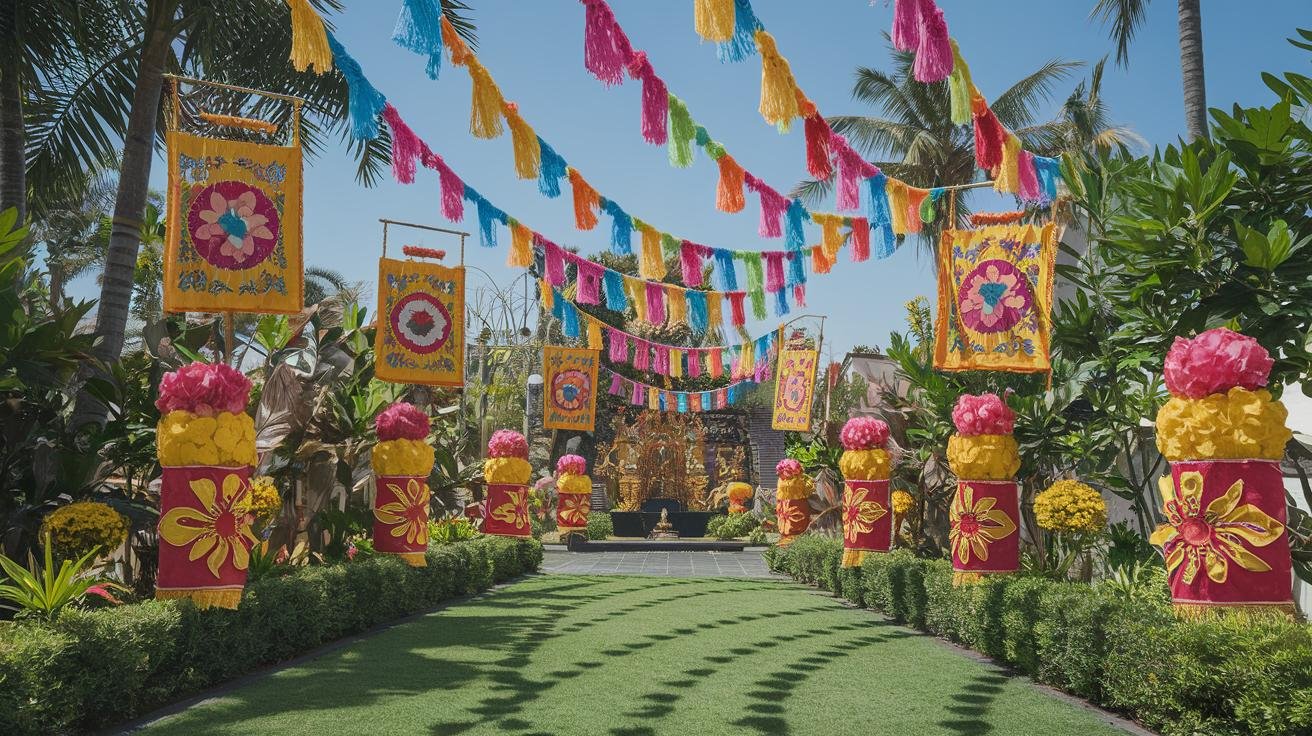
Bali Arts Festival (June–July)
You’ll wander past shimmering dance rituals and hear the soft beat of gamelan orchestras (traditional Indonesian music) under a bright sky. The sun warms your shoulders as night brings twinkling lights. Sometimes a stray monsoon cloud (early wet-season shower) drifts by, but the rain moves on quickly. Pure bliss.Indonesian Independence Day (August 17)
This falls right in Bali’s dry season (months when rain barely visits). Streets burst with parades and kids in red-and-white waving flags. Evenings stay comfortably cool, perfect for fireworks over the beach. Right here, you’ll feel the island’s proud heartbeat.Chinese New Year (Late January–Early February)
You might get hit by sudden tropical downpours, rain drumming on umbrellas and slick streets. That never stops dragon dances winding through town squares. Pack quick-dry shoes and a compact umbrella. Temple visits between showers? Absolutely.Nyepi (Balinese New Year, usually March)
The whole island goes silent for 24 hours, no cars, no lights, no noise. If rain falls, the empty streets feel extra hushed, like a secret whispered in the dark. Stock up on snacks and flashlights. Tranquility.Ubud Writers & Readers Festival & Village Jazz Festival (October)
Cool breezes drift through Ubud’s cafes (cozy spots where drums meet stories). Mostly cloudy skies bring soft drizzles, think gentle taps on your umbrella. It’s the perfect excuse to sip kopi (Bali coffee) between author talks or jazz sets. Join us.
Bali Packing List and Weather Prep Tips
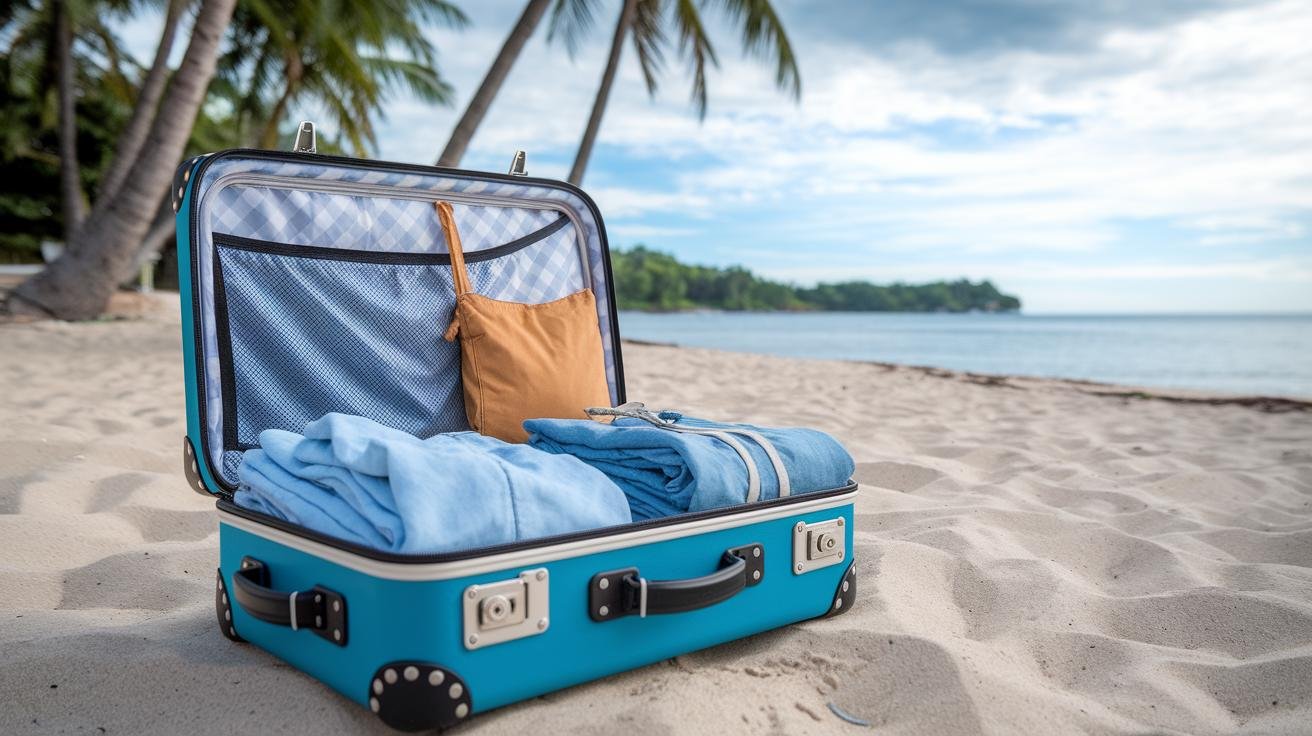
Ever dreamed of dancing through Bali’s emerald rice terraces (stepped fields that glow at sunrise) with dry feet? Here’s how to pack so you’re ready for rain or shine.
- Moisture-wicking shirts and shorts (light as a whisper)
- Waterproof jacket (for those surprise tropical downpours)
- Quick-dry pants (perfect for jungle treks)
- Dry bags (keeps your phone and passport bone-dry)
- Insect repellent (ward off dengue-carrying mosquitoes)
- Compact umbrella (your pocket-sized rain buddy)
- Sunblock SPF 50+ (equatorial sun is relentless)
- Broad-brim hat (shade for temple visits)
- Polarized sunglasses (tame those bright rays)
- Reusable water bottle (hydrate like a champ)
- Cooling towel (wrap it around your neck for an instant breeze)
When the monsoon pours in from November through March, you’ll be grateful you packed that waterproof jacket. You might hear raindrops dancing on coconut palms as you wander. Slip into quick-dry pants and tuck valuables into a dry bag for splash-free strolls. Oops, did I mention insect repellent? Those post-rain mosquitoes are hungry.
By the way, a compact umbrella is your secret sidekick for pop-up showers. Think of it as a little roof you carry everywhere. And travel insurance? It’s like an extra umbrella for your plans, handy if flights or ferries get waylaid by rain.
From April through September Bali basks in dry-season glow. Guard against sunburn with SPF 50+, a broad-brim hat, and polarized sunglasses, you’ll feel like you’ve tamed the sun. Refill your reusable water bottle often and drape that cooling towel (pure bliss) around your neck. Eyeing a pre-dawn Mount Batur climb? Slip a light fleece into your pack, you’ll thank yourself when the air feels crisp before sunrise.
Bali Regional Climate: Coastal, Inland, and Mountain Variations
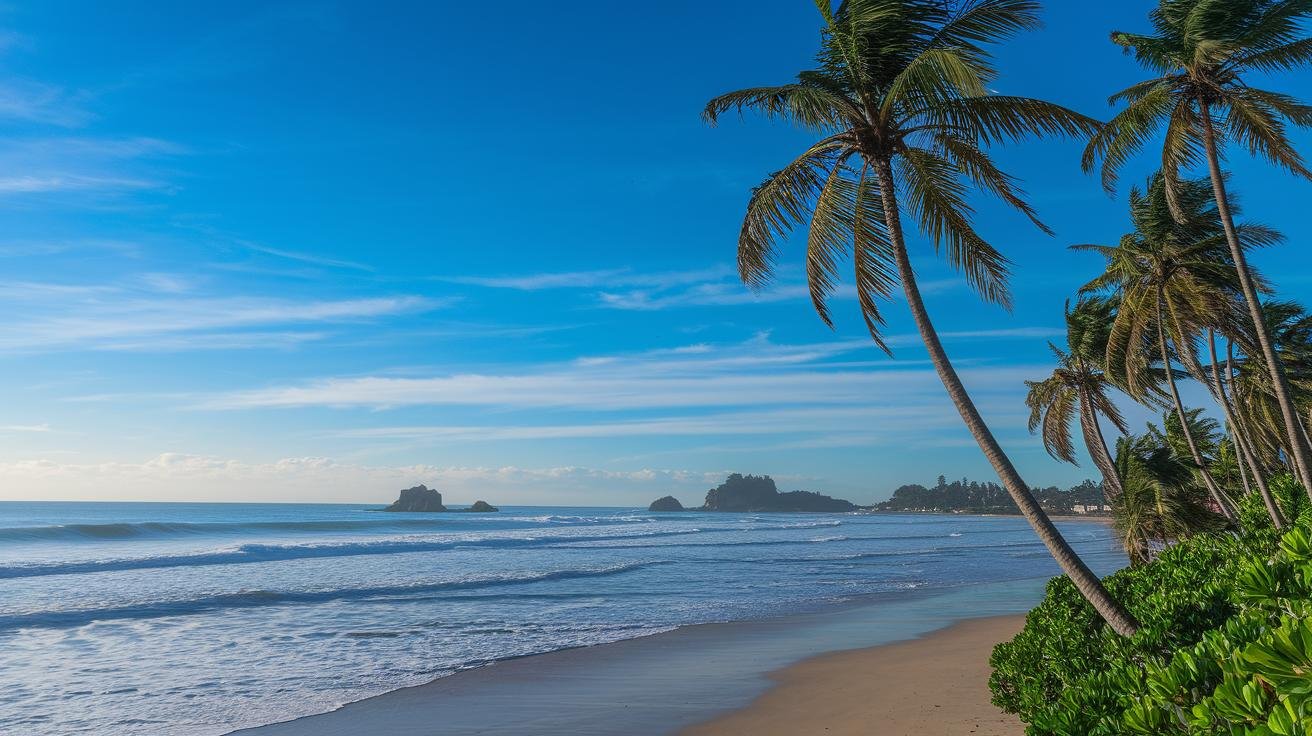
Coastal spots like Kuta, Canggu, and Seminyak bask in soft sea breezes and the sunniest skies from April through September. You’ll wake to warm dawns and gentle waves, perfect for barefoot beach strolls or early surf sessions in Canggu’s blue breaks. Pure bliss.
Head inland to Ubud and the air cools by 2–3°F at night. Afternoon showers wander in more often, sprinkling over rice terraces (stepped fields that glow emerald at sunrise). Oops, I almost forgot to mention the warm evenings that follow those drizzles. You’ll still enjoy bright days, but a light jacket feels cozy once the sun dips behind jungle-covered hills.
Up at Bedugul or around Mount Batur, mornings can surprise you with 65°F and mist drifting through pine forests. Cloud cover lingers here year-round, so pack layers if you’re planning a pre-dawn climb. Tranquility.
Down on the east coast, spots like Amed and Tulamben, the wet season feels softer. You’ll spot clearer skies and calmer seas when most of the island is getting drenched. It’s our sweet secret for off-peak diving among coral gardens and sunken wrecks. Ever dreamed of slipping under the waves in near-silence?
Final Words
In the heart of planning your Bali escape, we mapped out the island’s two seasons, dry (Apr–Sep) and wet (Oct–Mar), and pinpointed the sweet spots that balance sunshine, crowds, and cost.
You explored each month’s temps, rainfall, crowd levels, top attractions by weather, festival timing, must-have gear, and microclimate tips.
With this friendly guide by your side, choosing the best time to travel to Bali: weather guide feels like second nature, here’s to sunlit days and the perfect tropical retreat.
FAQ
When is the worst time to travel to Bali?
The worst time to travel to Bali is during the wet season (November–March), when heavy afternoon storms, soaring humidity, and muddy trails can wash out beach time and outdoor plans.
What is the rainiest month in Bali and when is the rainy season?
The rainiest month in Bali is November with about 300 mm of rain. The rainy season runs October through March, bringing brief but intense tropical showers and 85–90% humidity.
What is the best period of the year to visit Bali?
The best period to visit Bali is April–May and September–October, offering warm sunshine, lighter crowds, and lower rates—perfect for beach days and emerald rice-terrace strolls.
What is the cheapest time to visit Bali?
The cheapest time to visit Bali is the off-season (November–March, excluding December), when flights drop up to 40% and hotels slash prices after brief afternoon rains.
What is the best time to visit Bali with family?
The best time to visit Bali with family is the dry shoulder seasons (April–June, September), thanks to calm seas for little swimmers, gentle breezes, and quieter temple visits.
What is the best time to visit Bali for a honeymoon?
The best time to visit Bali for a honeymoon is April–May and September, when sunset walks on near-empty beaches, balmy days, and soft tropical evenings set a romantic mood.
How does Bali’s weather vary by month?
Bali’s average highs range from 80°F to 90°F, lows near 75°F year-round. Rain peaks November–March (250–300 mm) and drops June–August (<50 mm), with humidity at 75%–90%.
Is September a good time to travel to Bali?
September is a great time to travel to Bali with sunny mornings, occasional soft showers, fewer tourists, and mild humidity—ideal for beach excursions and sunrise rice-terrace treks.




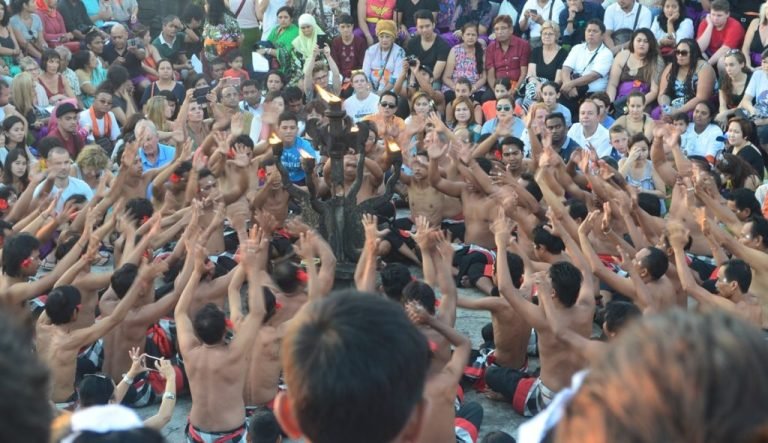
![sonder [son-der] the feeling one has on realizing that every other individual one sees has a life as full and real as one’s own, in which they are the central character and others, including oneself, have secondary or insignificant roles. In a state of sonder, each of us is at once a hero, a supporting cast member, and an extra in overlapping stories.](https://villaamrita.com/wp-content/uploads/2025/10/sonder-bali-and-villa-amrita-768x512.jpg)

